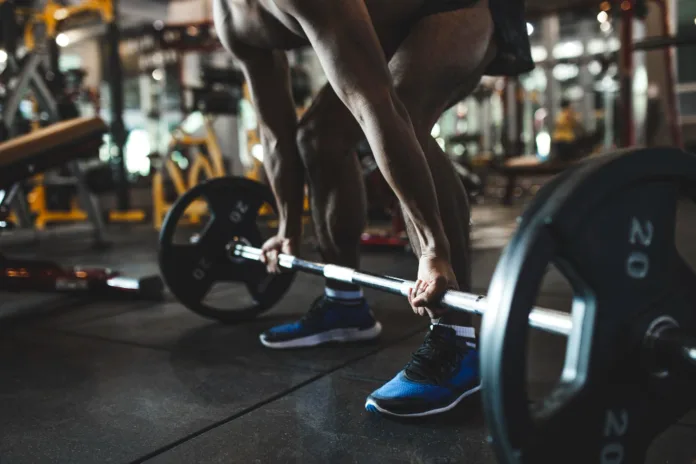Strength training protects muscles, boosts energy, and can make you biologically younger
For decades, exercise was often viewed as a way to lose weight or fit into smaller clothes. But new research and expert insight suggest it’s something far more profound — a literal fountain of youth for the body.
That’s the message from Felipe Isidro, professor of physical education and CEO of Physical Exercise & Health Consulting, whose lecture at the Buchinger Wilhelmi Clinic inspired writer Laura Solla to completely rethink the purpose of movement. His argument is simple but powerful: strength training is the most effective way to slow, and even reverse, biological ageing.
“Seven out of 10 people don’t actually exercise,” Isidro says. “And I don’t mean walking or carrying groceries. I mean scheduled, planned training. In a society that invites us to move less with cars, elevators, and screens, our objective should be to exercise — and especially to do strength training.”
According to Isidro, the true benefit of exercise isn’t about calories or aesthetics. It’s about keeping muscles and mitochondria — the “batteries” of our cells — healthy for as long as possible. When mitochondria function well, the body produces energy efficiently; when they deteriorate, fatigue sets in faster, metabolism slows, and fat begins to accumulate not only under the skin but also around vital organs.
“The only proven way to improve mitochondrial health is through exercise, particularly strength training,” Isidro explains. “People who consistently train can maintain the vitality of someone decades younger.”
As we age, muscle fibres decline at different rates. The slow-twitch fibres that power endurance efforts like walking tend to hold up well. But the fast-twitch fibres — responsible for power, agility, and balance — deteriorate first. “If you don’t train your strength, you lose those fibres,” Isidro says. “That’s why older people begin to shuffle or lose stability. Strength training is the only way to keep them active.”
Embed from Getty Images
Muscle loss begins as early as the mid-30s and accelerates after 50. But it’s not inevitable. Isidro points to research showing that consistent resistance training can keep the strength of a 70-year-old on par with a sedentary person in their 40s — effectively subtracting 20 years from their biological age.
Strength training also delivers hidden benefits. It helps preserve bone density, supports the respiratory system, improves posture, and even enhances deep, restorative sleep — a key factor in longevity. “Longer non-REM sleep phases are tied to healthy ageing,” says Isidro. “Strength training improves those phases naturally.”
The key, he insists, is not to overdo it. “Like water, too much can drown you,” he says. The goal is quality, not exhaustion. Fewer repetitions, longer recovery times, and avoiding fatigue are all essential. “Many people think they need to feel worn out to have trained properly. It’s actually the opposite. Stop before fatigue — that’s how you protect your fast-twitch fibres.”
He recommends two to four strength sessions a week, ideally in short, focused circuits lasting 10 to 15 minutes. Start with the legs — the largest muscle group — and prioritise intensity over volume. Rest two to three minutes between sets, and breathe deeply from the diaphragm to improve recovery.
If possible, train outdoors. Morning exercise activates the body’s energy system early, improving mood and sleep later in the day. Working out with friends or in a group also boosts consistency and longevity — “social connection is as powerful for health as the exercise itself,” Isidro adds.
To track progress, he suggests simple at-home tests:
- The Chair Test — stand up and sit down five times quickly without using your arms.
- The Stork Test — balance on one leg for 45 seconds.
- The Six-Minute Walk — walk as fast as you can for six minutes; more than 700 meters is excellent fitness.
Ultimately, Isidro’s message is one of empowerment. “What you don’t use, you lose,” he says. “Strength training is an investment in your future. It doesn’t just add years to your life — it adds life to your years.”
